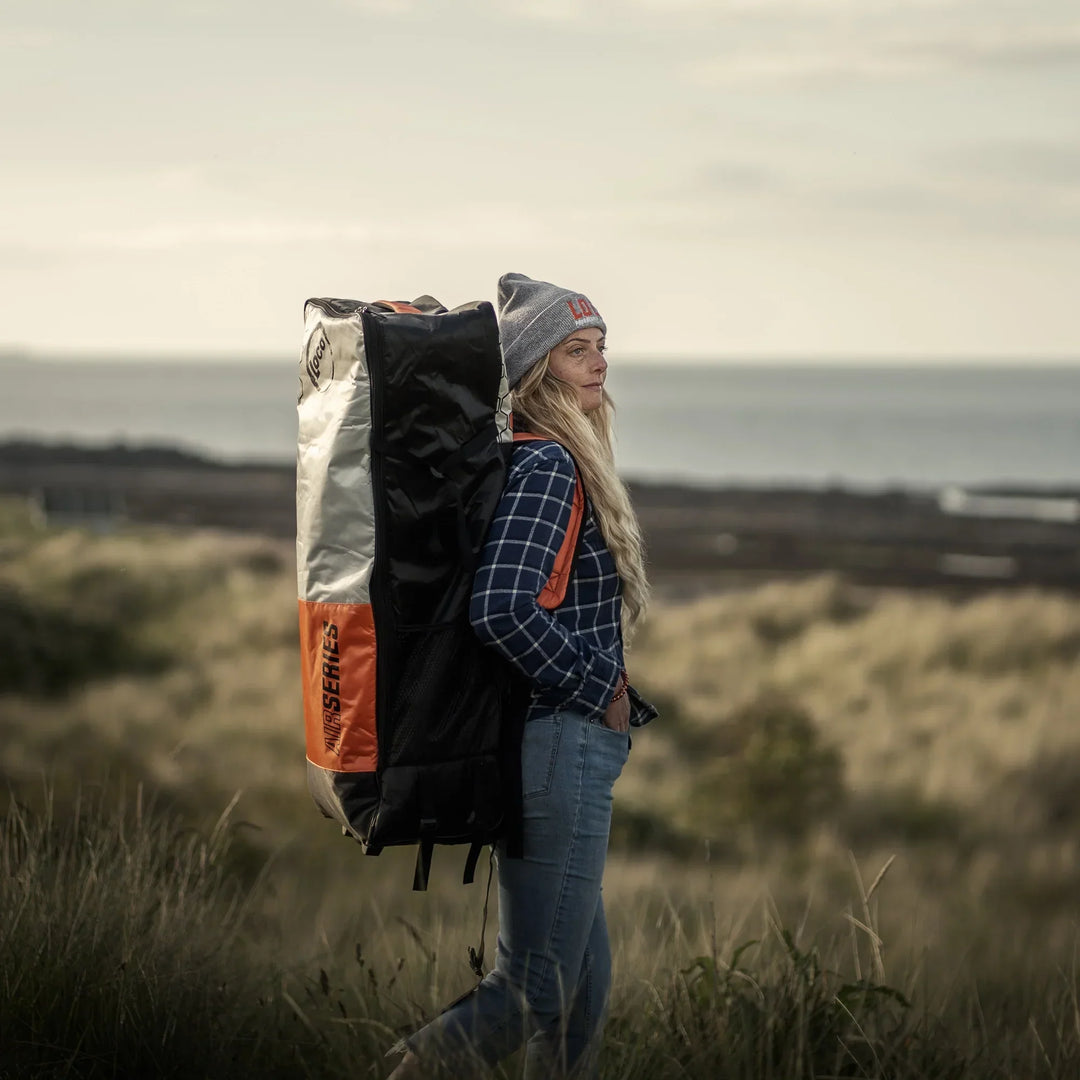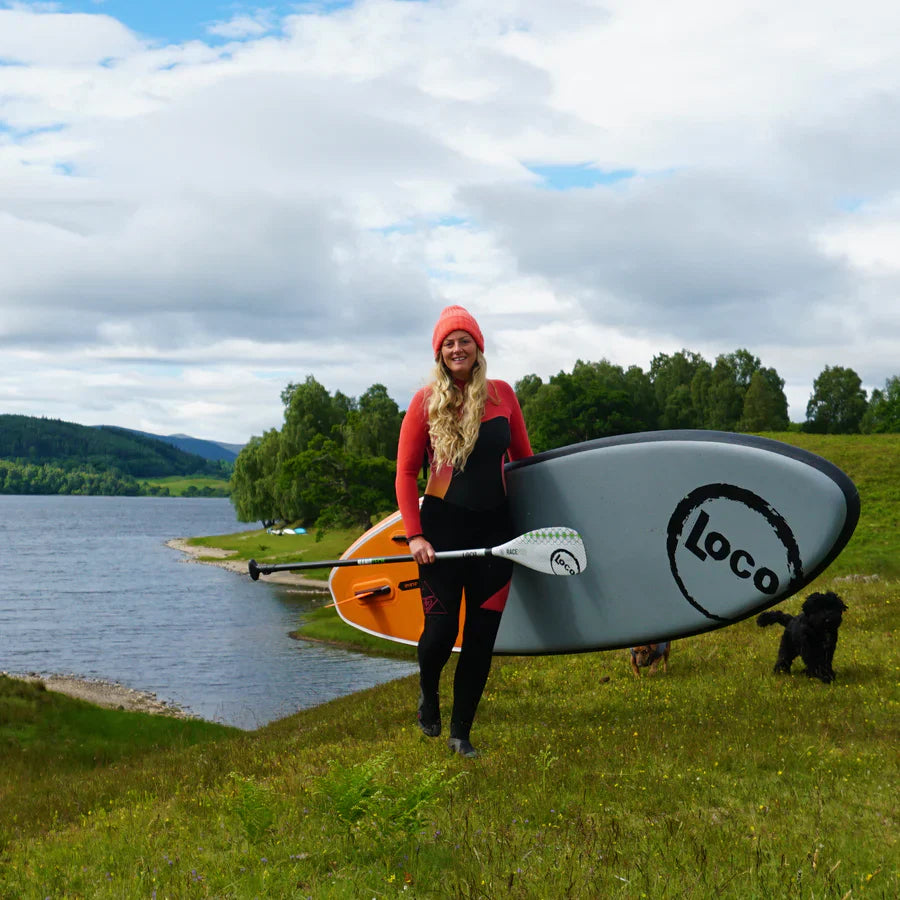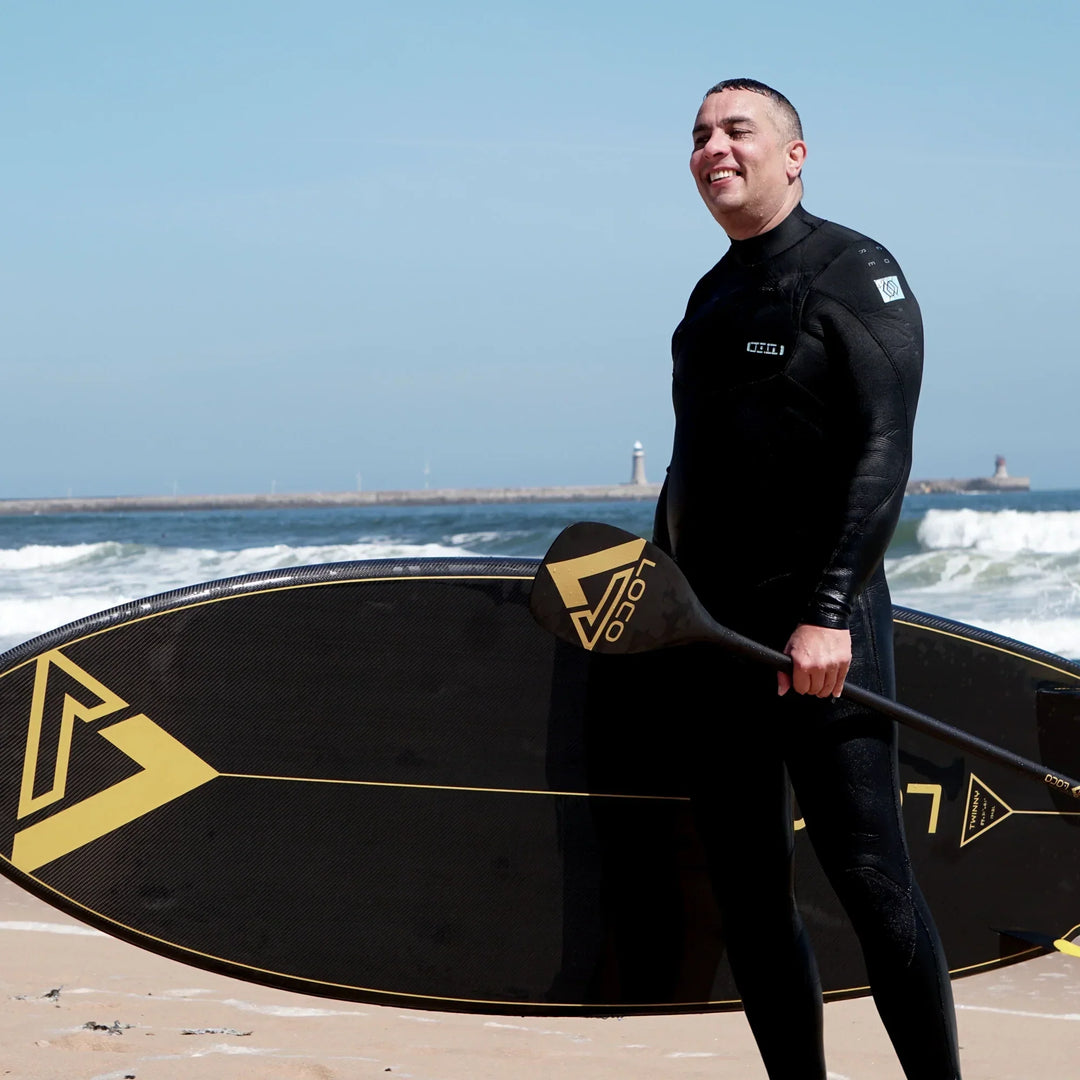Stand-Up Paddleboarding - How to Choose the Perfect Board

What is Stand-Up Paddleboarding
Stand-Up Paddleboarding (SUP) has gained immense popularity in recent years. It offers a unique and engaging way to explore bodies of water while enjoying the serenity of nature. Choosing the right stand-up paddleboard is crucial to ensure a fulfilling experience on the water. In this article, we will guide you through the process of selecting the perfect paddleboard for your needs.
Understanding Stand-Up Paddleboards
Before diving into the details of choosing a paddleboard, let's understand the basics. Stand-up paddleboards are long and buoyant boards that allow you to stand or kneel while propelling yourself forward using a paddle. They come in various shapes, sizes, and materials, each designed to cater to different purposes and skill levels.
The Different Types of Stand-Up Paddleboards
When it comes to selecting a paddleboard, it's essential to consider the type that best suits your needs. Here are some common types:
1. All-Around SUPs
All-around paddleboards are versatile and suitable for beginners. They provide stability, manoeuvrability, and ease of use, making them perfect for various water conditions and activities.
2. Touring & Race SUPs
Touring paddleboards are designed for long-distance paddling and exploring. They offer excellent tracking and stability, allowing you to cover more significant distances comfortably. Race SUPs are narrower and designed to go fast usually in competition environments, they can often feel wobbly initially.
3. Surf SUPs
Surf paddleboards are specifically crafted for riding ocean waves. They are typically shorter and more manoeuvrable, enabling you to catch waves with ease and perform tricks.
4. Yoga SUPs
Yoga paddleboards feature a wider and more stable design, making them ideal for practicing yoga poses on the water. They provide the necessary balance and support for a peaceful yoga session.
Factors to Consider When Choosing a Stand-Up Paddleboard
Selecting the right stand-up paddleboard involves considering several essential factors. By understanding these factors, you can make an informed decision and choose a board that perfectly suits your needs. Let's dive into the key considerations:
1. Board Length and Width
The length and width of a paddleboard significantly impact its performance and stability. Longer boards offer better tracking and stability, making them suitable for touring or racing. On the other hand, shorter boards provide greater manoeuvrability, which is beneficial for surfing or performing tricks. When it comes to width, wider boards offer more stability, while narrower boards allow for increased speed and manoeuvrability.
2. Board Volume and Weight Capacity
The volume of a paddleboard determines its buoyancy and weight capacity. Boards with higher volumes can support more weight and are ideal for beginners or those carrying extra gear. Consider your weight, skill level, and the amount of gear you plan to carry to ensure the board can adequately accommodate your needs.
3. Hull Type
The hull refers to the bottom shape of the paddleboard, which affects its stability and performance. There are two common hull types:
a) Planing Hull
Planing hulls have a flat or slightly curved bottom. They offer excellent stability and manoeuvrability, making them suitable for recreational paddling, surfing, or yoga.
b) Displacement Hull
Displacement hulls have a pointed nose and a V-shaped bottom. They provide better tracking and speed, making them ideal for long-distance paddling or racing.
4. Construction Material
Paddleboards are constructed using different materials, each offering its unique characteristics. Common construction materials include:
a) Epoxy
Epoxy boards are lightweight, durable, and versatile. They are suitable for various water conditions and skill levels.
b) Inflatable
Inflatable paddleboards are made from high-quality PVC materials. They are highly portable, easy to store, and convenient for traveling. Inflatable boards are an excellent choice for those with limited storage space BUT be careful as not all iSUPs are created equally. The good ones are double skin, take 15-25psi and come with proper fins and premium accessories. The weight difference between brands can be considerable so always worth demoing a board where possible or Googling reviews of said board in SUP International Mag, SUPBoarder Mag or SUP Mag UK. If your board of choice doesn't have a review in the industry press that should speak volumes.
5. Fin Setup
The fin setup of a paddleboard affects its stability and manoeuvrability. Common fin setups include:
a) Single Fin
Single fin setups offer excellent tracking and stability. They are commonly found on touring or racing paddleboards.
b) Three-Fin (Thruster) Setup
Three-fin setups provide a balance between stability and manoeuvrability. They are versatile and suitable for various water conditions and activities.
c) Quad Fin Setup
Similar to the three fin setups quads are normally seen on surf SUPs or inflatable white-water SUPs
d) Removable Fins
Some paddleboards feature removable fins, allowing you to customize the fin setup based on your preferences and water conditions.
Like everything in life fin quality can vary massively, generally avoid stuck on soft rubber fins for everything but white-water as they don't track well in other environments. Similarly cheap plastic clip in style fin boxes are known to break and plastic fins are also prone to damage. Premium boards should have US centre boxes and either FCS or Future side bites which are easily interchanged and easily sourced if you need to replace.
Conclusion
Choosing the perfect stand-up paddleboard is essential to maximize your enjoyment on the water. Consider factors such as board length and width, volume and weight capacity, hull type, construction material, and fin setup. By evaluating these factors and understanding your specific needs, you can make an informed decision and select a paddleboard that aligns perfectly with your preferences and skill level.
If you're still stuck or feeling overwhelmed by the sheer volume of reviews feel free to give Loco boss Joe a call who's kitted up 1000s of paddlers with their perfect board for over a decade.
FAQs (Frequently Asked Questions)
1. Can I use a surfboard instead of a stand-up paddleboard for paddleboarding?
While it's possible to paddleboard using a surfboard, it is not recommended. Surfboards are designed for riding waves and lack the stability and buoyancy needed for stand-up paddleboarding.
2. How do I transport a stand-up paddleboard?
Transporting a stand-up paddleboard can be done using roof racks, pickup truck beds, or specialized paddleboard trailers. Ensure the board is securely fastened to avoid any damage during transportation.
3. How do I maintain and care for my paddleboard?
To maintain your paddleboard, rinse it with fresh water after each use to remove any salt or debris. Store it in a cool and dry place, away from direct sunlight. Regularly inspect the board for any signs of damage or wear and address them promptly.
4. Can children participate in stand-up paddleboarding?
Yes, children can participate in stand-up paddleboarding. However, it's crucial to ensure their safety by providing them with appropriately sized paddleboards, proper supervision, and fitting them with personal flotation devices (PFDs).
5. Is stand-up paddleboarding a good workout?
Yes, stand-up paddleboarding is an excellent full-body workout. It engages your core, arms, legs, and back muscles while providing a low-impact cardio exercise. It's a fun and effective way to stay active and improve your overall fitness.




